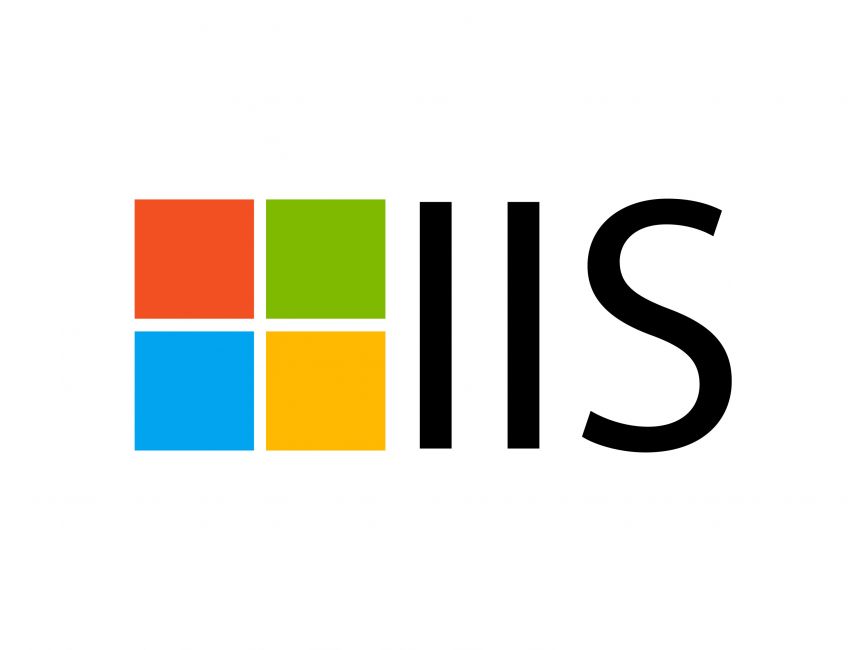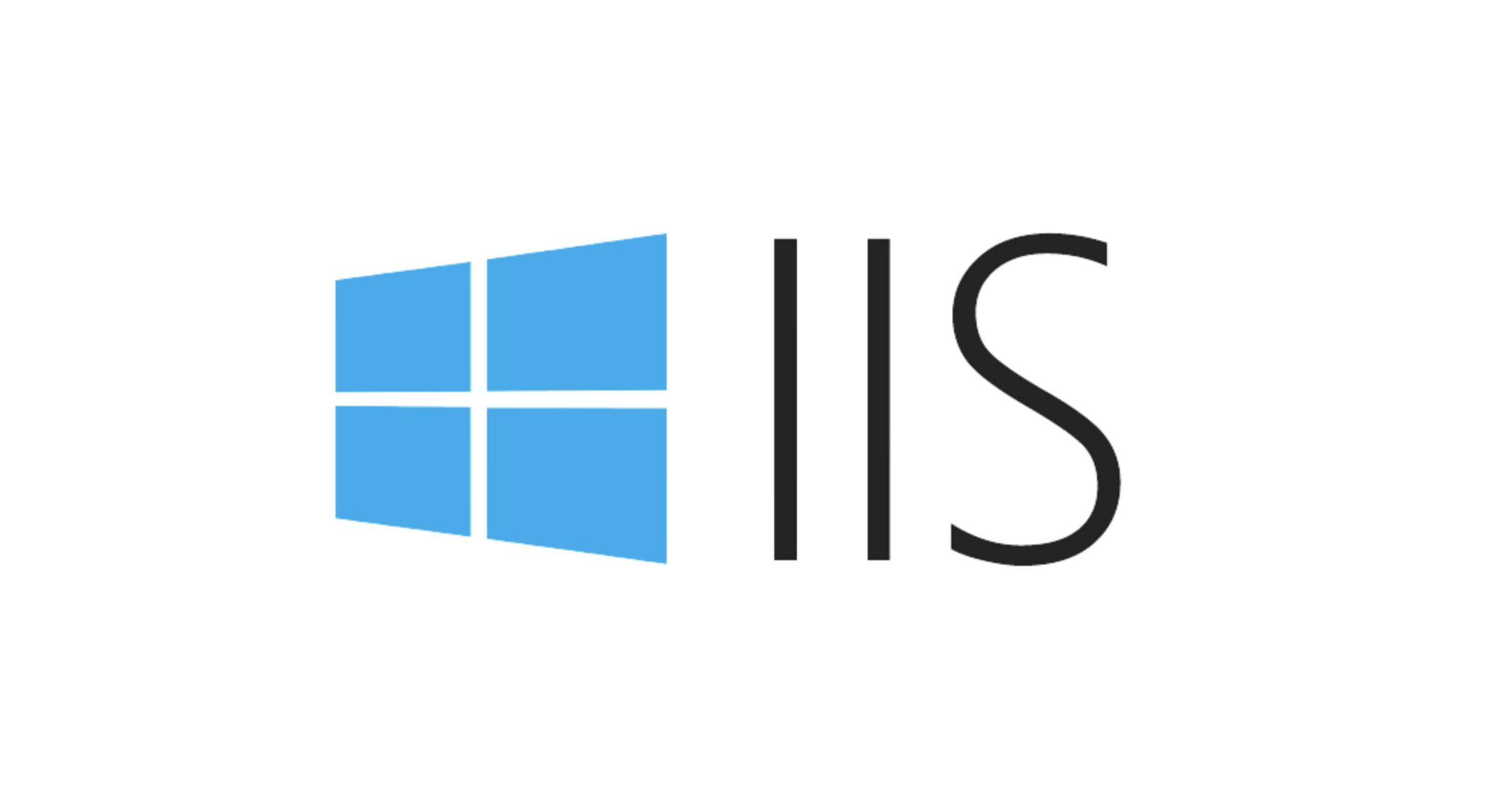Managing IIS Log Files Location and Retention Policies
Jul 17, 2025 am 12:39 AMIIS logs are stored in the inetpub\logs\LogFiles directory of the C drive by default and will not be cleaned automatically. The retention period needs to be controlled manually or through scripts. To modify the path, you can open IIS Manager → select a site or server node → double-click "Login" → click "..." to select a new directory. It is recommended to use non-system disks such as D:\IISLogs or multiple servers to configure the network path in a unified manner; setting retention time can be achieved through Log Parser scripts, task planning PowerShell scripts (such as 30 days of retention), third-party tools, etc.; in addition, it is recommended to adjust the log format as needed, close unnecessary fields, or temporarily close the debug log, and enable log compression to optimize performance and space usage.

The location and retention strategy of IIS log files are actually not that complicated, but if you don’t pay attention to the settings, it is easy to fill the disk or not find key information over time. Let me directly talk about the key points: By default, the IIS logs are inetpub\logs\LogFiles directory of the system disk, and are not automatically cleaned by default. The retention period needs to be controlled manually or through scripts.

Modify IIS log storage path
Many people didn't pay attention at the beginning, and the default log was written on disk C, but after a few months, they found that the system disk was almost full. Modifying the path is actually very simple:

- Open IIS Manager → Select a site or server node → Double-click "Logs"
- Click the “…” button next to “Select File Directory” to select a new path
- It is recommended to place it on a non-system disk, such as D:\IISLogs or a special log partition
After the operation is completed, the new log will be written to the new location. If there are multiple servers, they can be configured as a network path (but you need to pay attention to permissions and stability).
Set log retention time
IIS itself does not have the function of deletion by day, so you have to find a way to do this part yourself. There are several common practices:

Clean up regularly using Log Parser scripts
Microsoft's Log Parser tool can filter logs by date and execute deletion regularly in conjunction with batch processing or PowerShell scripts.-
Task plan deletion script
Write a simple PowerShell script, such as keeping only the logs for the last 30 days:$Path = "D:\IISLogs" $Daysback = "-30" $CurrentDate = Get-Date $DelDate = $CurrentDate.AddDays($Daysback) Get-ChildItem $Path -Recurse | Where-Object { $_.LastWriteTime -lt $DelDate } | Remove-Item -Force -RecurseThen use the Windows Task Planner to run once a day in the early morning.
Third-party tool-assisted management
For example, using LogRotate for Windows or some centralized log management solutions (ELK, Splunk, etc.), is suitable for enterprise environments.
The log format and whether it is enabled are also worth noting
Many people ignore the impact of log content itself on performance and capacity:
- The default is W3C format, and the recorded information is already relatively complete, but if certain fields are not needed (such as User-Agent, Cookies, etc.), you can uncheck in the "Log" setting to reduce volume
- If you are just debugging, you can temporarily close log writing to avoid meaningless growth
- It is a good habit to enable log compression. Although IIS will do it by default, remember to confirm whether "Allow log file rolling updates" is enabled.
Basically that's it. Modifying the path and setting up retention strategies are the two most critical steps. The rest depends on how your monitoring and analysis needs are arranged. Not complicated, but it is easy to ignore details.
The above is the detailed content of Managing IIS Log Files Location and Retention Policies. For more information, please follow other related articles on the PHP Chinese website!

Hot AI Tools

Undress AI Tool
Undress images for free

Undresser.AI Undress
AI-powered app for creating realistic nude photos

AI Clothes Remover
Online AI tool for removing clothes from photos.

Clothoff.io
AI clothes remover

Video Face Swap
Swap faces in any video effortlessly with our completely free AI face swap tool!

Hot Article

Hot Tools

Notepad++7.3.1
Easy-to-use and free code editor

SublimeText3 Chinese version
Chinese version, very easy to use

Zend Studio 13.0.1
Powerful PHP integrated development environment

Dreamweaver CS6
Visual web development tools

SublimeText3 Mac version
God-level code editing software (SublimeText3)

Hot Topics
 How to use the Hyperf framework for log management
Oct 25, 2023 am 09:15 AM
How to use the Hyperf framework for log management
Oct 25, 2023 am 09:15 AM
How to use the Hyperf framework for log management Introduction: Hyerpf is a high-performance, highly flexible coroutine framework based on the PHP language, with rich components and functions. Log management is an essential part of any project. This article will introduce how to use the Hyperf framework for log management and provide specific code examples. 1. Install the Hyperf framework First, we need to install the Hyperf framework. It can be installed through Composer, open the command line tool and enter the following command
 How to manage logs of C++ code?
Nov 03, 2023 pm 02:38 PM
How to manage logs of C++ code?
Nov 03, 2023 pm 02:38 PM
With the continuous development of software development, log management has become an indispensable part of the code development process. As a relatively complex programming language, C++ also requires log management during code development. This article will introduce the log management principles and specific implementation of C++ code, hoping to be helpful to readers. 1. Log management principles determine the log level. The log level represents the importance and urgency of the log information. In C++ development, log levels are divided into DEBUG, INFO, WARN, ERROR and F
 Log file management guide in Linux systems
Jun 18, 2023 am 10:44 AM
Log file management guide in Linux systems
Jun 18, 2023 am 10:44 AM
In Linux systems, log files are very important. They record the occurrence of various system events and are an essential resource for system administrators to troubleshoot and monitor. The management of log files is also very important. Only correct management methods can effectively utilize log files to ensure the security and normal operation of the system. This article will introduce you to some log file management guidelines under Linux systems, including the basic concepts of log files, types of log files, log file management, and commonly used log viewing tools.
 How to use Docker for application monitoring and log management
Nov 07, 2023 pm 04:58 PM
How to use Docker for application monitoring and log management
Nov 07, 2023 pm 04:58 PM
Docker has become an essential technology in modern applications, but using Docker for application monitoring and log management is a challenge. With the continuous enhancement of Docker network functions, such as ServiceDiscovery and LoadBalancing, we increasingly need a complete, stable, and efficient application monitoring system. In this article, we will briefly introduce the use of Docker for application monitoring and log management and give specific code examples. Use P
 How to use Java to develop a log management system based on Log4j
Sep 20, 2023 pm 05:00 PM
How to use Java to develop a log management system based on Log4j
Sep 20, 2023 pm 05:00 PM
How to use Java to develop a log management system based on Log4j Introduction: In the software development process, logging is an important function. It can help us understand the running status of the program, troubleshoot problems and monitor the operation of the system. Log4j is a commonly used logging framework, which can help us manage and record logs conveniently. This article will introduce how to use Java to develop a log management system based on Log4j and provide specific code examples. 1. Introduce the Log4j library and configuration files. First,
 Common database problems in Linux systems and their solutions
Jun 18, 2023 pm 03:36 PM
Common database problems in Linux systems and their solutions
Jun 18, 2023 pm 03:36 PM
With the continuous development of computer technology and the continuous growth of data scale, database has become a vital technology. However, there are some common problems encountered when using databases in Linux systems. This article will introduce some common database problems in Linux systems and their solutions. Database connection problems When using a database, problems such as connection failure or connection timeout sometimes occur. These problems may be caused by database configuration errors or insufficient access rights. Solution: Check the database configuration file to make sure
 The impact of Nginx log management on Web security
Jun 10, 2023 pm 12:11 PM
The impact of Nginx log management on Web security
Jun 10, 2023 pm 12:11 PM
Nginx is a popular web server software that is widely used in various web applications. Log management is a very important function in Nginx, which can help us understand the operation of the web server, request response status, and client access information. At the same time, good log management also has a very important impact on Web security. In practical applications, many potential web security issues can be found through log information. For example, a malicious attacker might try to exploit vulnerabilities in a web application
 Using Slf4j for log management in Java API development
Jun 18, 2023 pm 12:25 PM
Using Slf4j for log management in Java API development
Jun 18, 2023 pm 12:25 PM
In Java development, log management is a very important task. Normally, programmers use the System.out.println statement to output log information, but this method is not suitable in many cases. Because it not only affects the performance of the program, but is also prone to problems when thread locking is encountered. Slf4j is a commonly used Java log management framework. It does not rely on a specific underlying log implementation, but uses a more general log interface. The advantages of Slf4j are that it can be used in different






